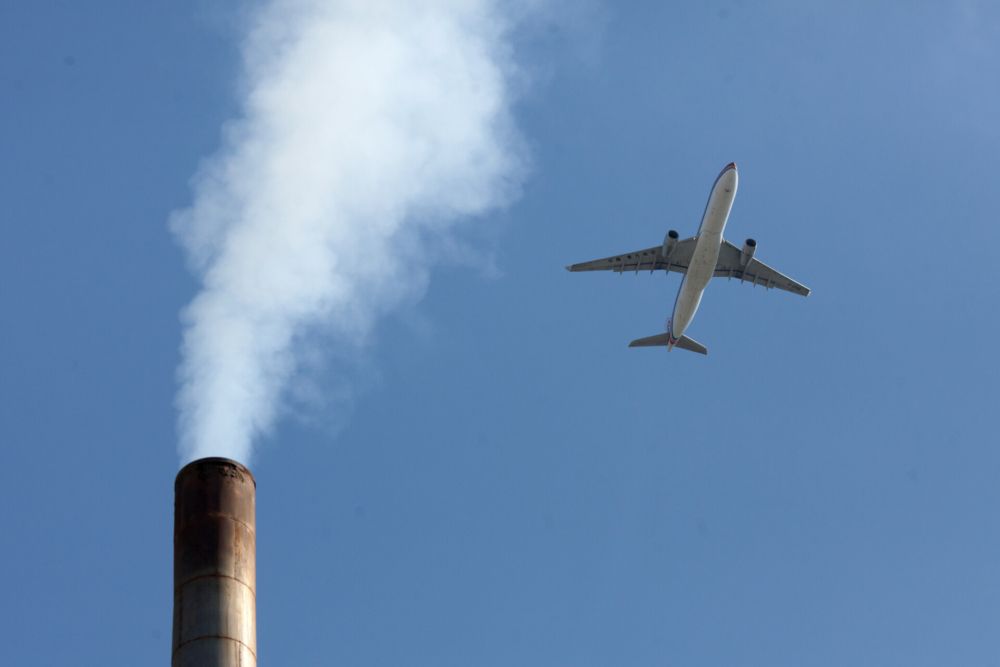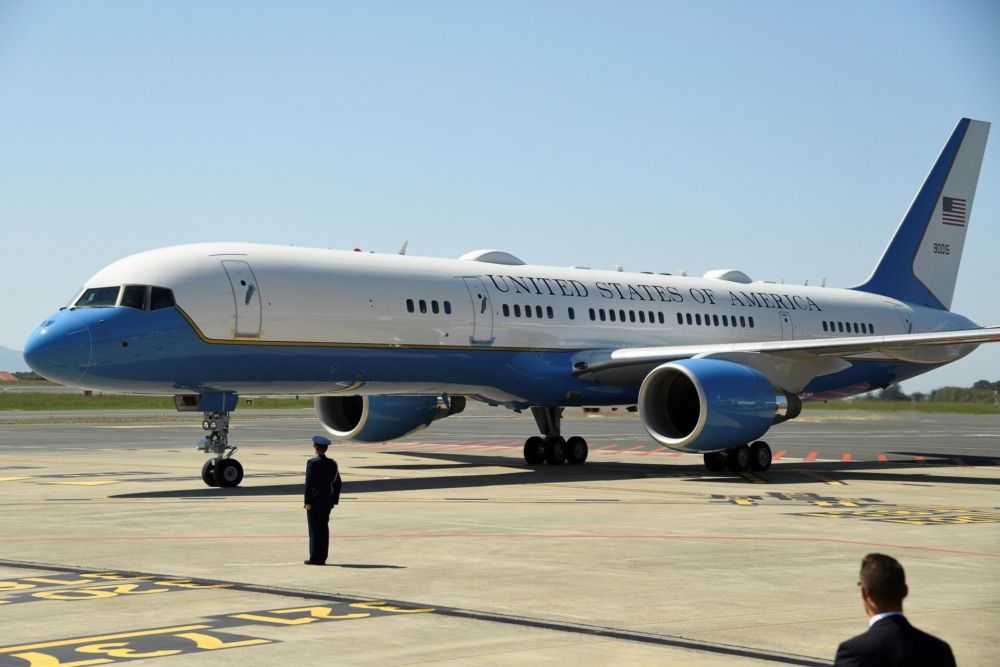Carbon transformation company Twelve announced Tuesday it had produced its first batch of E-Jet fuel in collaboration with the US Air Force. The fuel is achieved through CO2 electrolysis and introduces a scaleable fossil-free drop-in alternative with up to 90% fewer emissions throughout its lifecycle compared to conventional jet fuel. In true circularity, the CO2 used for the process is captured straight from the air. Sustainable Aviation Fuel (SAF) is being heralded as the leading solution to aviation's decarbonization agenda. One of the main draws is that it can simply be added into the existing refueling framework, with no alterations needed to infrastructure or aircraft.With a promise of up to 80% fewer emissions compared to petrochemical-based fuels, it is easy to see why IATA believes the proliferation of SAF will accomplish as much as 65% of its net-zero by 2050 target. Meanwhile, despite a flurry of investments, SAF remains inaccessible and expensive. However, an easily scalable alternative might be peeking out from behind the contrails.
Sustainable Aviation Fuel (SAF) is being heralded as the leading solution to aviation's decarbonization agenda. One of the main draws is that it can simply be added into the existing refueling framework, with no alterations needed to infrastructure or aircraft.With a promise of up to 80% fewer emissions compared to petrochemical-based fuels, it is easy to see why IATA believes the proliferation of SAF will accomplish as much as 65% of its net-zero by 2050 target. Meanwhile, despite a flurry of investments, SAF remains inaccessible and expensive. However, an easily scalable alternative might be peeking out from behind the contrails.
Love aviation? Find out what the future holds at the Future Flying Forum 2021, book your seat today.
Electrifying fuel instead of planes
Carbon transformation company Twelve is now producing jet fuel from CO2 electrolysis. Funded by the US Air Force, the project has opened up an alternative path to fossil-free aviation fuel - by using the very thing it is seeking to reduce. Twelve says that its E-Jet fuel emits 90% less CO2 over its lifecycle compared to fossil-based fuel.
"Electrifying planes with batteries has proven unfeasible for at-scale decarbonization of aviation, necessitating the production of fossil-free jet fuel," Twelve Co-Founder and CEO Nicholas Flanders said in a statement.
"We've essentially electrified the fuel instead through our electrochemical process,
and the fuel drops right into existing commercial planes, allowing operators to instantly reduce their carbon footprint without any sacrifice to operating quality. Since you can't electrify the plane, we've electrified the fuel," Mr Flanders continued.
Twelve is targeting production in the millions of gallons within the next two years and in the billions of gallons within the next decade. The company says that, at scale, its process can address one billion tons of CO2 emissions produced by the aviation industry.
Air captured CO2
Without getting into too much detail, the technology entails that by combining electrolysis with low-carbon energy sources, water and CO2 are converted into a feedstock with a minimal carbon footprint. The E-Jet fuel has been developed in collaboration between Twelve and Emerging Fuels Technology, a company that also produces what might now almost be considered 'conventional' SAF.
The carbon in Twelve's E-Jet fuel comes from direct air capture rather than from CO2 stored in the ground. While direct air capture is still an expensive technology, it is a rapidly expanding field. Airlines such as United are making substantial investments in its development.
The technology to turn carbon dioxide into fuel came into focus late last year when researchers at Oxford University in the UK successfully converted CO2 gas directly into jet fuel. The Oxford scientists used an inexpensive iron-based catalyst, proving that the method could come much cheaper than previously anticipated.
Efficiency and environmental responsibility not mutually exclusive
Twelve and Emerging Fuel Technologies have not made their specific proprietary catalyst public. However, the fuel is certified and ready to go - and available for order via the company's website. The US Air Force also achieved its primary objective with the project - increasing energy independence through environmentally responsible means.
"One of our main goals with this project was to create a clean jet fuel that enhances security and energy independence without sacrificing operational readiness. The successful completion of the project proves that efficiency and environmental responsibility are not mutually exclusive," Roberto Guerrero, Deputy Assistant Secretary of the Air Force for Operational Energy, said in a statement.
What do you think of the new fuel technology? Leave a comment below and join the conversation.Â



